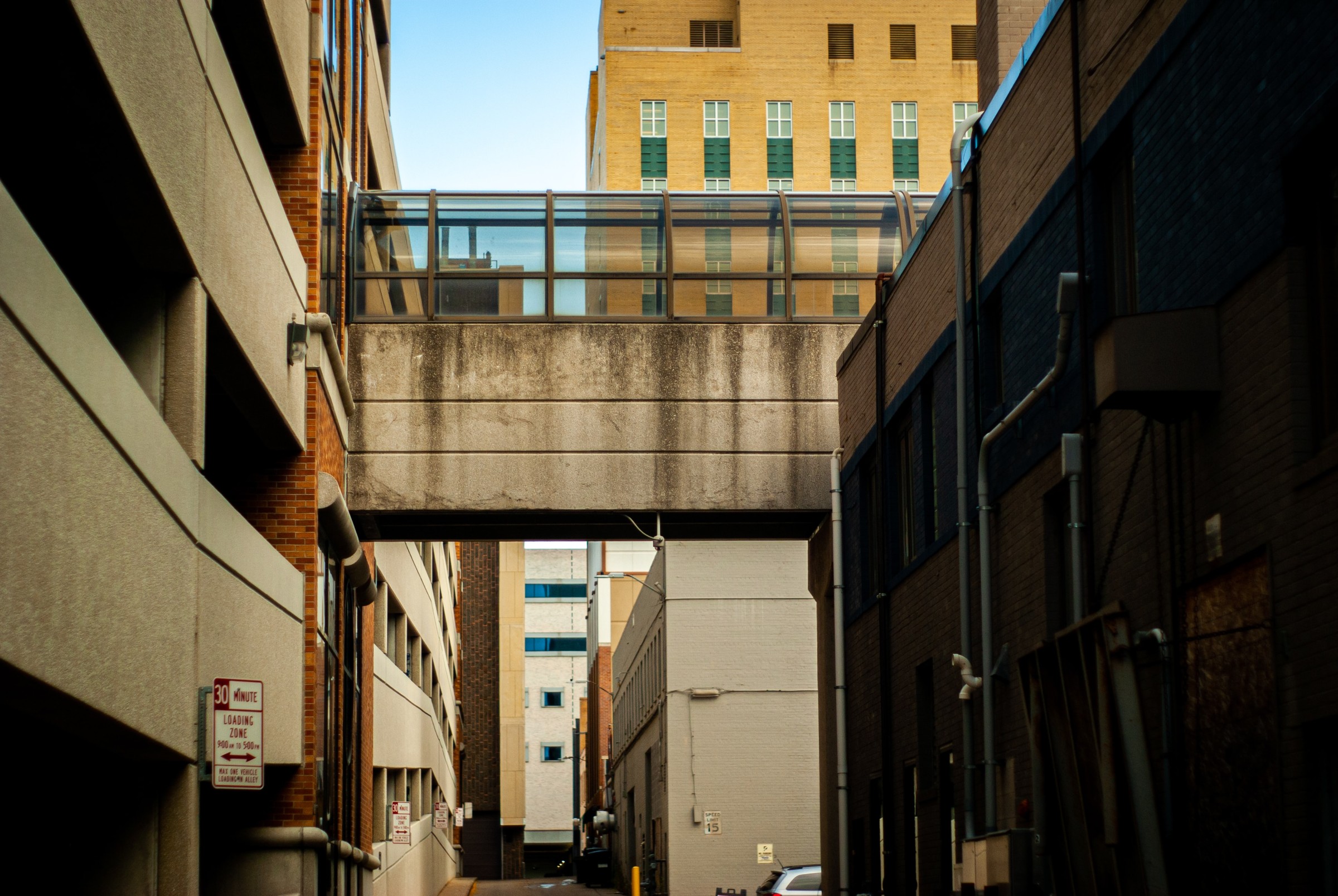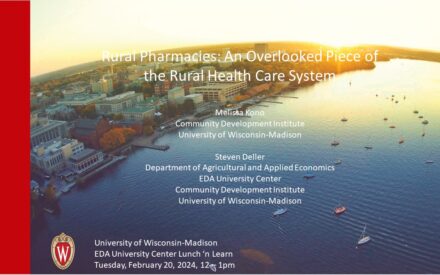Summary of a presentation by Kennedy Smith*
February 2022 — From local angel investment groups to retail condos, communities are experimenting with new economic development tools (and putting a new spin on some old ones) to stimulate and support commercial district business and property development. This article summarizes a recent presentation by Kennedy Smith that highlights a number of promising tools. Also presented here are strategies for putting them to work in your revitalization program.
The following are reasons why downtown organizations should be actively involved in determining economic development strategies and applying the most fitting economic development tools.
- To make more capital available for downtown business and property development projects
- To help close financing gaps in proposed downtown development projects
- To pay for features, amenities, and services needed in order for other development to take place
- To encourage certain types of development to take place downtown (e.g., upper-floor housing)
- To prevent detrimental things from happening (e.g., demolition of historic commercial buildings)
In general, people who invest money in something expect to be compensated for the amount of risk they assume. Investing in downtown business and property development does not always fall neatly on the risk/reward curve. Economic development tools can help reduce risk and/or increase reward.
Begin by identifying your district’s specific economic development goals. Examples may include:
- To redevelop a specific building or group of buildings
- To create upper-floor housing
- To protect long established businesses from displacement
- To create a needed locally owned business or businesses
- To stimulate small private sector physical improvements
- To provide dedicated business start-up/expansion financing
- To catalyze new development
Tax Increment Financing
Undeveloped land and vacant buildings generate significantly less property tax revenue for local governments than developed land and occupied buildings. But sometimes property can’t be developed, or buildings can’t be rehabilitated, or districts revitalized, without some infusion of cash. Tax increment financing (TIF) helps provide some of the cash that’s needed by using the new property tax generated by the redeveloped land and rehabbed buildings for the redevelopment and revitalization process. The amount of tax revenue that results from redevelopment, above and beyond what the municipality is already collection on the undeveloped (or pre-rehabbed) property is the tax “increment”.
Tax Abatement
Municipalities can agree to forego, or abate, collecting property tax (or other local taxes) for a period of time (typically 1-10 years) for building rehabilitation or development projects in a targeted district.
Development Impact Fees
Because it is generally in the best interest of a community to concentrate development in the downtown and in other established commercial centers, some communities charge an impact fee on development that takes place outside the downtown district.
Community Equity 
A growing number of communities are raising equity themselves to pay for building rehabilitation and business startups and expansions.
- Private investment groups: A small group of community residents pools its money and creates or buys a business as a group.
- Revolving loan funds: Funds are loaned, usually at low interest rates, to building and business development projects in a targeted area. As the loans are repaid to the fund, the fund loans them out again to new projects (“revolving” nature of the funds). Revolving funds are often capitalized with private sector or government grants or from foundations.
- Community stock ownership: A business (or group of businesses) sells shares of stock in its business to members of the community. More than 20 community owned downtown department stores have been created this way, with community residents buying stock and, when the business is profitable receiving periodic dividends.
- Shared building equity: In downtowns and neighborhood commercial districts in which commercial rents are accelerating quickly and threatening to force out locally owned businesses, some community organizations have bought commercial buildings, then sold a share of the buildings to the businesses operating there. This reduces the costs to the business owner, since he/she is only buying a share of the building.
- Charitably minded venture capital funds: Venture capital funds are usually created to make profits for their investors – but sometimes they have charitable goals. Some funds invest their equity in businesses that provide needed goods and services (like grocery stores) to underserved neighborhoods.
Federal and State Grants
There are numerous federal and state government grants that can be used to capitalize local economic development programs or to provide financing for certain types of business and building development projects in downtowns. Some of those most commonly used in downtown revitalization include:
- Community Development Block Grants (HUD)
- Brownfields Economic Development Initiative (HUD)
- Rural Housing and Economic Devel. Grants (USDA)
- TIGER Grants (EPA, HUD, and DOT)
- Planning and Implementation Grants (EDA)
- Design Arts Grants (NEA)
- Transportation Enhancements Grants (DOT)
- Urban Development Action Grant repayments
- HOPE VI Main Street
Historic Rehabilitation Tax Credits
The federal government offers a tax credit equal to 20 percent of qualified rehabilitation expenses for taxpayers who rehabilitate historic commercial buildings. More than half of the state governments also offer a state level tax credit. If the taxpayer cannot use the credit, he/she can often partner with an investor (typically a bank or corporation), transferring the credits to the investor in exchange for an equity investment in the project.
Other Tax Credits
Other tax credits, like the historic rehabilitation tax credit, can be used to help finance building rehabilitation and development. Examples include:
- New Markets tax credits
- Low income housing tax credits
- Energy tax credits
Removing some of the regulatory red tape related to developing a downtown building or business can be a powerful incentive.
Summary
There are many economic development tools and they can be complex. For best outcomes, downtown organizations should organize their economic development efforts around market-based strategies. This requires learning about real estate development and business finance. Before pursuing a particular tool, it is important to determine what the greatest need is (equity, loans, risk exposure, regulatory relief, etc.) and take the pulse of public and private sector investors. Start with a relatively easy project and look for ways to maximize leverage. Finally, periodically assess your progress.
Resources:
Eric J. Heikkila, The Economics of Planning. The Center for Urban Policy Research at Rutgers University, 2000.
Karl Seidman, Economic Devel. Finance. Sage Publications, 2005.
Kennedy Smith, Public/Private Development Finance: A Primer for Main Street Practioners, Main Street News, No. 239, May 2007.
* Kennedy Smith is with the Community Land Use & Economics Group LLC in Arlington, VA. This article is based on her presentation at the 2010 National Main Streets Conference in Oklahoma City.
CONTACT
William Ryan, Community Economic Development Program, University of Wisconsin-Madison, Division of Extension 702 Langdon Street, Madison, WI 53706
PH: (608)263-4994; FAX: (608)263-4999; Dial 711 for Wisconsin Relay



 BIDs and Activating Downtowns
BIDs and Activating Downtowns Rural Pharmacies an Overlooked Piece of the Rural Health Care System
Rural Pharmacies an Overlooked Piece of the Rural Health Care System The Economics of Downtown Revitalization: Putting Some “Oomph” Behind the Numbers
The Economics of Downtown Revitalization: Putting Some “Oomph” Behind the Numbers The Hotel Industry: Recovery and Future Development in Our Communities
The Hotel Industry: Recovery and Future Development in Our Communities


